Eurasian Wigeon (Anas penelope)
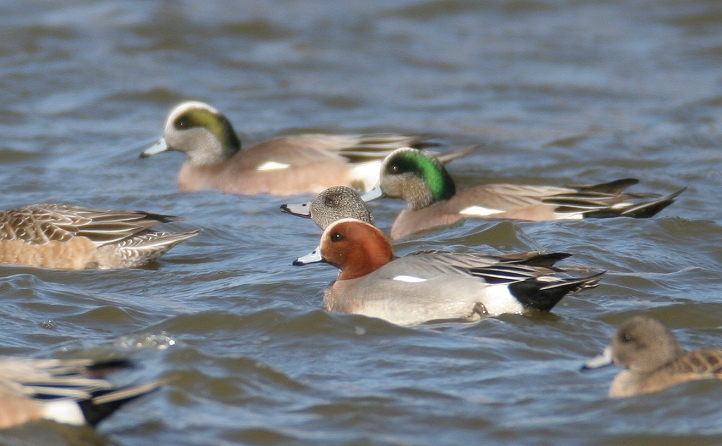
Above and below two: A drake Eurasian Wigeon at the Eagle's Landing Golf Course in Worcester County, Maryland (2/24/2006, 12/10/2005, and 12/2004, respectively).

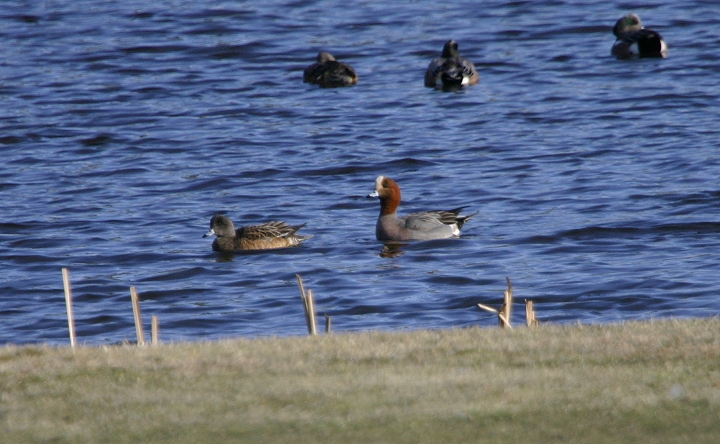
Below: A drake Eurasian Wigeon was yet another highlight of the Rarity Roundup weekend, this one found by Jim Brighton and Mikey Lutmerding (Worcester Co., Maryland, 11/16/2008).
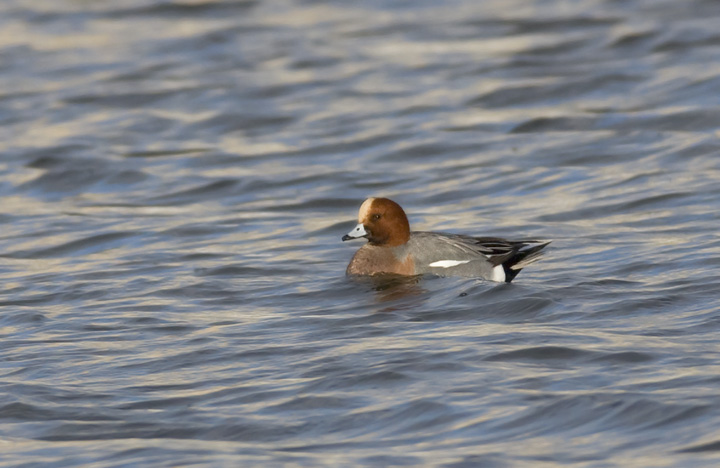
Below: A Eurasian Wigeon near Ocean City, Maryland (12/5/2010). Although a notoriously subtle ID, this individual's warm rufous head coloration makes it a relatively straightforward call.
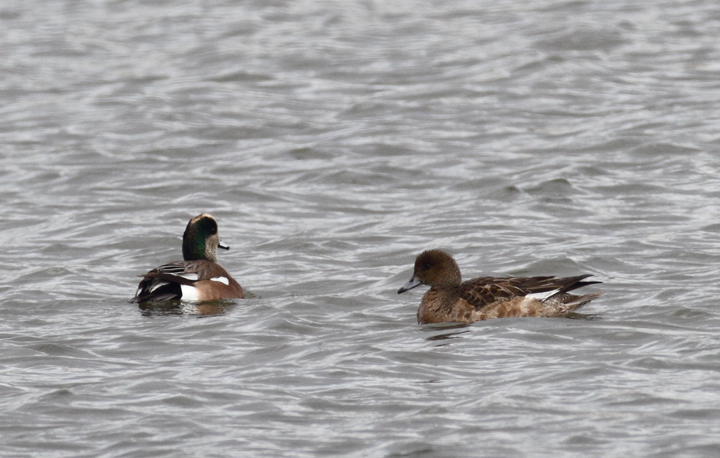
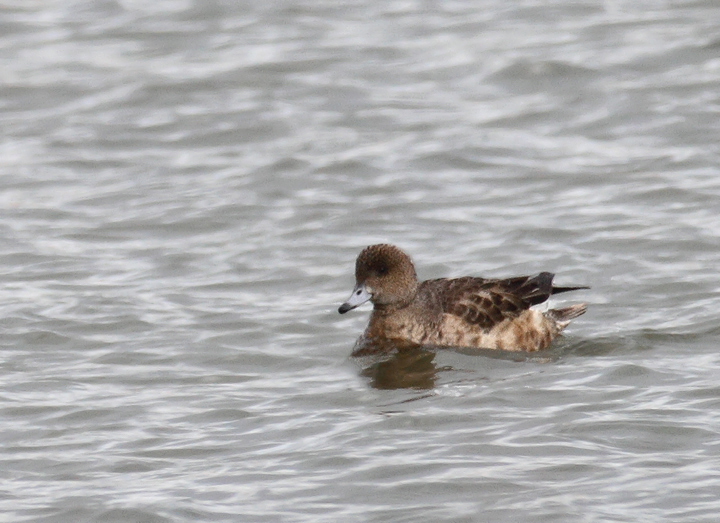
Below: An interesting female American Wigeon (perhaps impossible to rule out a hybrid American x Eurasian) that was originally considered as a candidate for Eurasian. Note fairly uniform coloration between head and lower parts (but with some contrast); warm tones on the head (but mostly at the rear), lack of black markings at the base of the bill (uncommon but OK for American, apparently), and most of all structure (decidedly American). This last element is what kept the discussion of this bird alive (thanks, Matt Hafner, who remained troubled by the structure). Compare the shape of this bird and the definite Eurasian above. Discussion also brought to light that the lack of black line is highly suggestive, but not diagnostic as many believe. Discussion of challenging individuals like this one is so valuable to improving both our own and our collective identification skills. Same location as above near Ocean City, Maryland (12/5/2010). Thanks to Matt Hafner, Marshall Iliff, Mikey Lutmerding, and Dave Ziolkowski for contributing valuable input to the ID discussion.
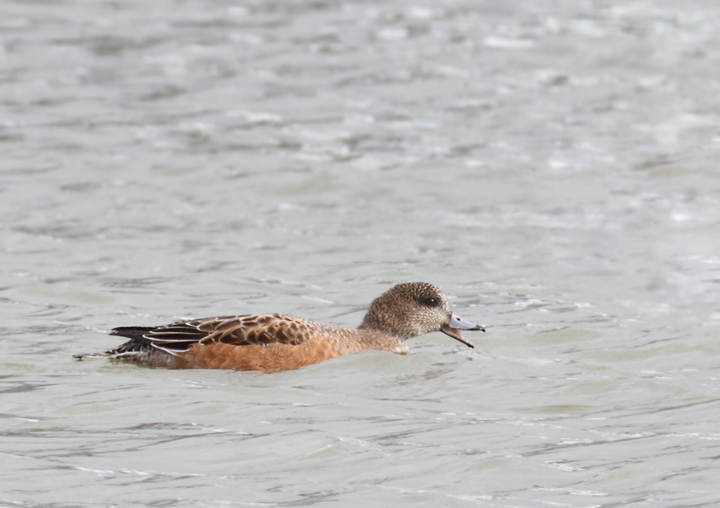
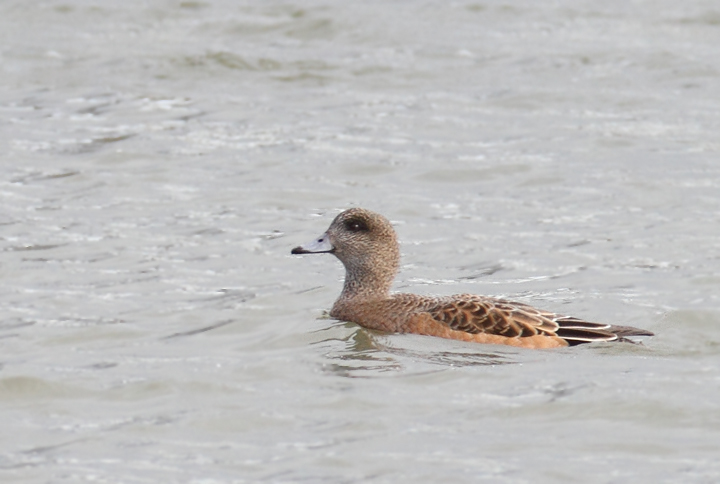
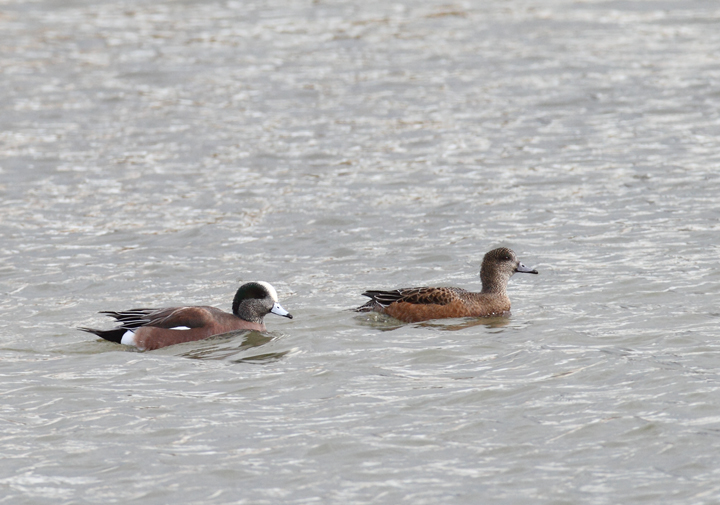
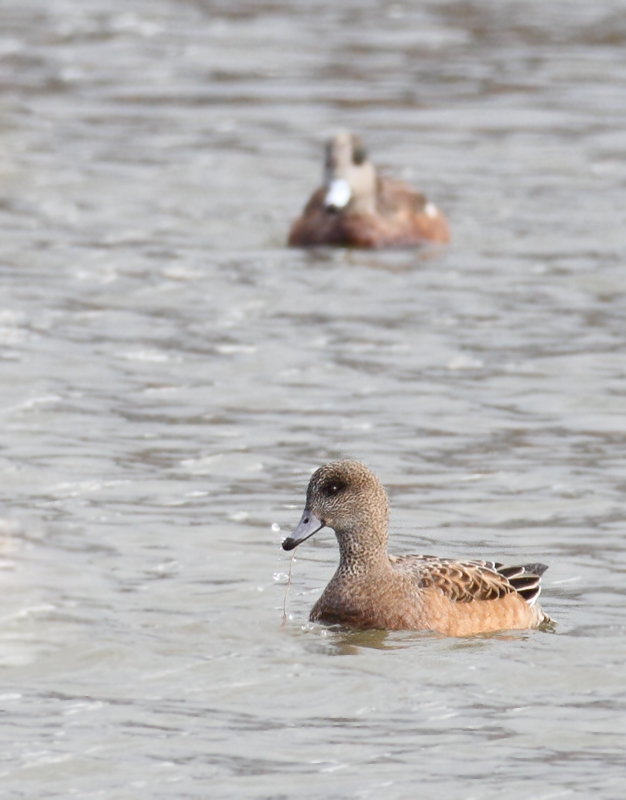
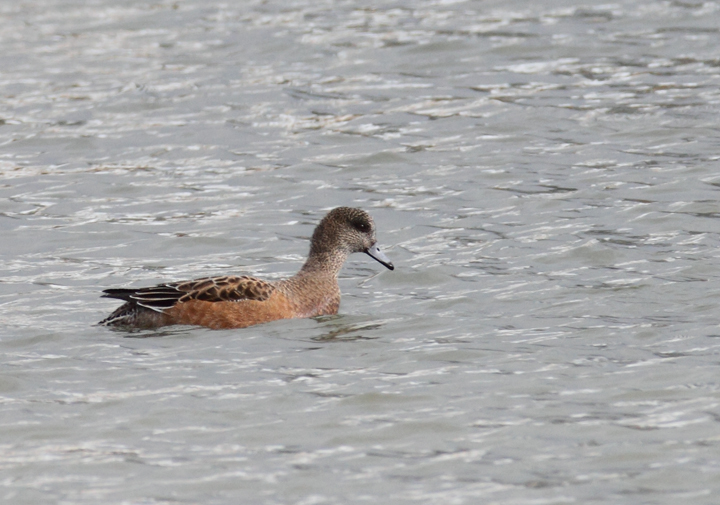
This western U.S. species occasionally turns up in groups of American Wigeon just about anywhere in the U.S.
